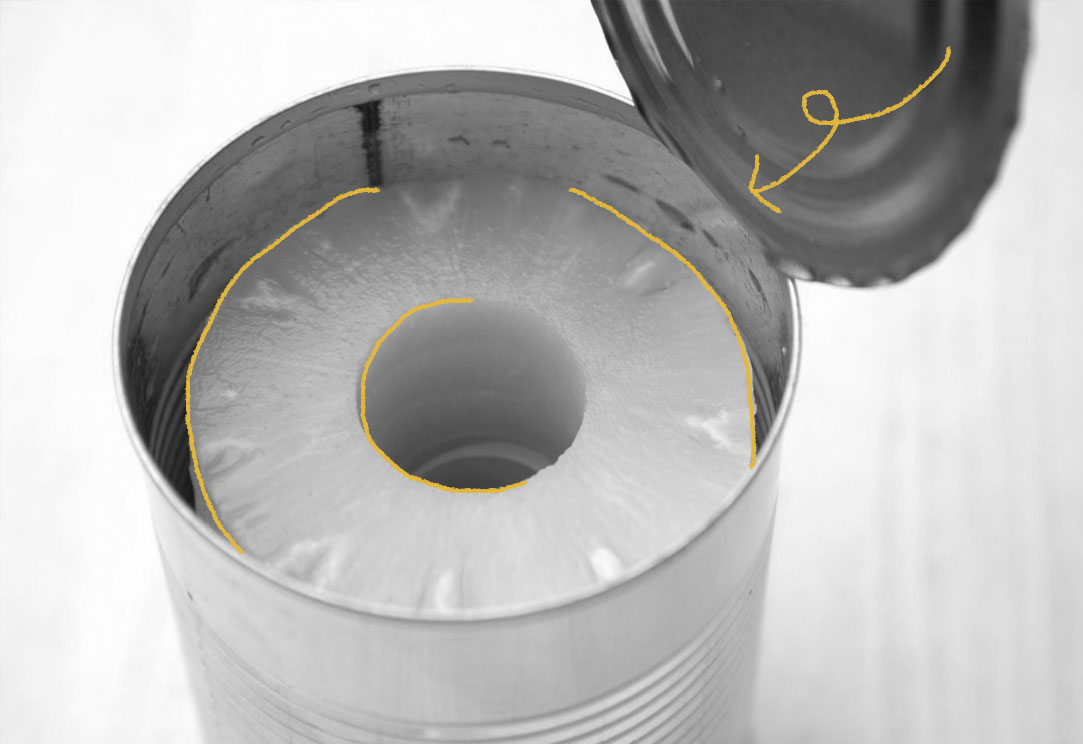In the 16th and 17th centuries, pineapples were seen as status symbols in the Western world because they were extremely expensive to acquire — a single “King Pine” could cost thousands of dollars and most people who got their hands on one didn’t consume it, but rather used it as a display of wealth. However, by the 19th century, early efforts to mass-produce pineapples were already underway. Spain introduced pineapples to Hawaii sometime in the late 1700s to early 1800s. Pineapples then spread throughout the islands and were even briefly made into a commercial crop used to feed prospectors during the California Gold Rush in the early 1850s. Commercialization attempts were picked up again in the mid-1880s when British sea captain John Kidwell started a multi-acre farm and even added a small cannery to preserve the fruits of his harvests. Britain also began importing pineapples from its various colonies using steamships. This resulted in falling prices and pineapples became more popular as greater numbers of people were able to afford them. (And those who bought them actually ate them instead of reserving them for displays of wealth, which added to the British and American public’s — literal — taste for pineapple!) In 1899, a Massachusetts businessman named James Drummond Dole moved to Hawaii with the intent to grow coffee beans. However, his efforts didn’t pan out, so he decided to grow pineapples instead. He created the Hawaiian Pineapple Company in 1901 with the intent to produce pineapples on a large scale. After several years of struggling (even his cousin Sanford Ballard Dole, who was named the inaugural U.S. territorial governor of Hawaii in 1900, declined to invest), he finally made headway. In 1911, Dole’s employee Henry Ginaca invented a machine that automated the peeling, coring, and slicing of raw pineapples. All that workers needed to do was remove any imperfections and then the pineapples were ready for canning and distribution! But despite the massive increase in production capacity made possible by Ginaca’s machine, Dole still faced problems, as after the Panic of 1907, pineapple sales in the continental U.S. had declined. To raise demand, Dole formed an association of fellow growers and ran a marketing campaign that highlighted the quality of Hawaiian pineapples. The campaign was a success and Dole is now credited with reviving America’s interest in pineapples. It is worth noting here that Dole was not the first person to sell canned pineapple, but he was the most effective at mass-producing and marketing the canned fruit. He also instituted the use of paper mulch, motorized trucks, and sulfate spray in operations. In 1922, he purchased the island of Lanai and set up a massive pineapple plantation there. By 1923, the Hawaiian Pineapple Company was the biggest operation of its kind in the world and Dole had successfully turned pineapples into a craze. Canning the pineapples made transport and storage easier and more affordable so that even the working class could enjoy them — and help fuel demand for the industry Dole was building. And demand for pineapple did indeed remain high. The Hawaiian Pineapple Company went on to become the Dole Food Company, which is still one of the world’s largest canned pineapple producers to this day. Canned pineapple is also available from a variety of other brands today and remains a key ingredient in many recipes, including cakes, stir-fries, and more.

Your go-to guide for weird history facts
Subscribe to the FREE daily email that makes learning about history fun.


